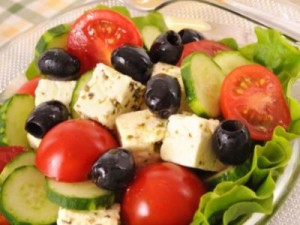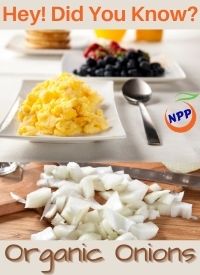Scroll down to listen to the audio!
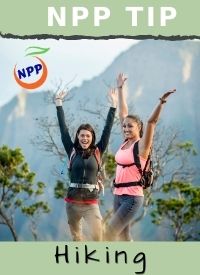
Hiking takes walking, as a healthy exercise, to the next level. Both are excellent cardio workouts, great for the cardiovascular system, the respiratory system, our bones, and our muscles. Each will lower our stress levels and is great to support any weight loss program. But hiking gives us the extra piece: it can improve our balance and increase our strength and endurance as we navigate the steep and/or bumpy trails. An old English term used for hiking was “hillwalking”. Walking poles can be included for balance or stability in order to provide additional security and safety.
Hiking uses muscles that are rarely used in the gym. It is also considered one of the best ways to burn fat – even that stubborn belly fat. This physical exercise promotes the release of endorphins – the hormones that make you happy.
Studies have found that exercise and cardio workouts benefit us – mind, body, and spirit. So why choose to walk outside or hike? For many, exercise can be tedious and boring. Something on our daily routine “have to” list. Not something that brings us pleasure. On a treadmill, an hour can feel like a very long time. So we manage to pass the time by watching TV, reading our emails, and/or talking on our cell phones. By doing this, we are being mindless. Our focus is entirely outside of ourselves. We are still working, still obsessing, still stressed. Being outside, on the other hand, on a hike, maneuvering the trails, time seems to fly by. It also adds the extra dimension of being in beauty. Surrounded by nature, we reduce our levels of anger and fear and increase our feelings of wellbeing.
Exercising at the gym or at home is usually a solitary act. Hiking with friends may turn this dull activity into a fun-filled experience. Connecting with friends in a natural setting, can involve opening ourselves up and even allow them to see our limitations, our stumbles, our vulnerability. It encourages us to share stories that we might otherwise keep hidden or have even forgotten. We may deepen some of these friendships, making them more meaningful. There is something very special about sharing this experience with others, making memories, and changing relationships. We may even get out of our egos and become ourselves.
Many have written about the benefits of hiking. Lao Tsu wrote, “The journey of a thousand miles begins with a single step.” Ken Ilgunas: “On a hike, you’re less a job title, and more a human being.” “All truly great thoughts are conceived by walking.” – Friedrich Nietzsche. “Wilderness is not a luxury but a necessity of the human spirit, and as vital to our lives as water and good bread.” – Edward Abbey. “Me thinks that the moment my legs begin to move, my thoughts begin to flow.” – Henry David Thoreau.
Hiking, whether alone or with others, is a way of enjoying the beauty of nature while promoting mindfulness, as we remain closely aware of what is underfoot so as not to stumble or fall. Focusing on our surroundings and the possible dangers stops the monkey mind from regretting the past and worrying about the future, thereby lowering anxiety and improving our mood. Hiking is also a great way to unplug. Rarely do we see a hiker spending their time on the hills checking emails, texting, taking selfies, or tweeting.
Whichever you choose to engage in, whether walking or hiking, remember to dress accordingly, wear the proper footwear, and stay hydrated. Bring your water bottle and, of course, your phone, (just in case of an emergency)!
*Audio link for those in need or who prefer to listen to our blogs:
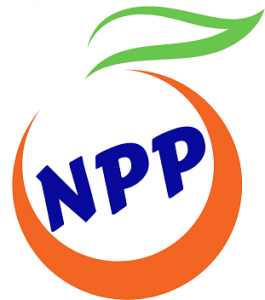

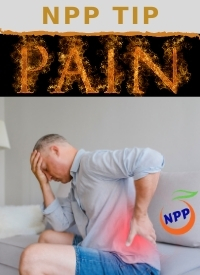

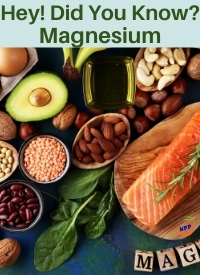
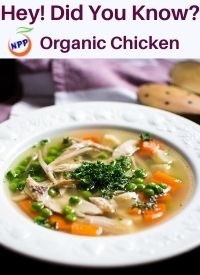
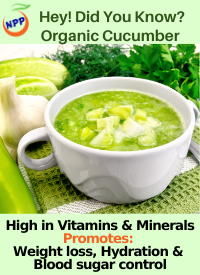 Organic Cucumbers, actually members of the fruit family, have a high water content (95%) and are packed with B vitamins, vitamin A, and antioxidants. They were once thought of only as a great addition to green salads, or a side to a meal, adding variety, colour, and a light, pleasant taste. They are now seen as helping with weight loss, constipation, blood pressure, skin, eyes, and bones while, at the same time, keeping you hydrated. You will derive even more benefits if you eat the entire cucumber, including the seeds and skin, after a thorough scrub and wash.
Organic Cucumbers, actually members of the fruit family, have a high water content (95%) and are packed with B vitamins, vitamin A, and antioxidants. They were once thought of only as a great addition to green salads, or a side to a meal, adding variety, colour, and a light, pleasant taste. They are now seen as helping with weight loss, constipation, blood pressure, skin, eyes, and bones while, at the same time, keeping you hydrated. You will derive even more benefits if you eat the entire cucumber, including the seeds and skin, after a thorough scrub and wash.